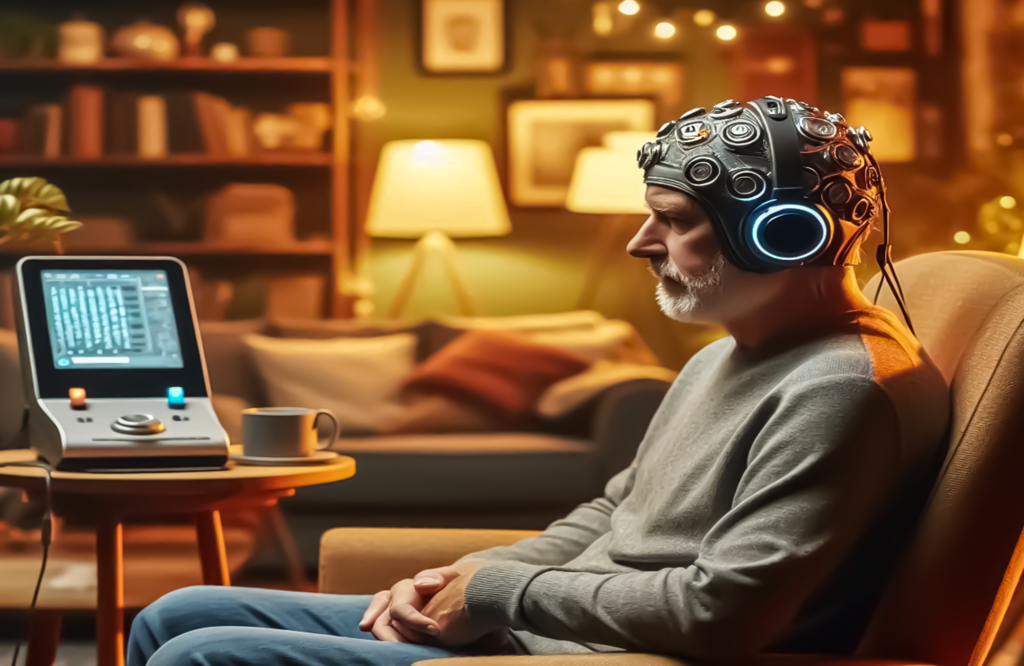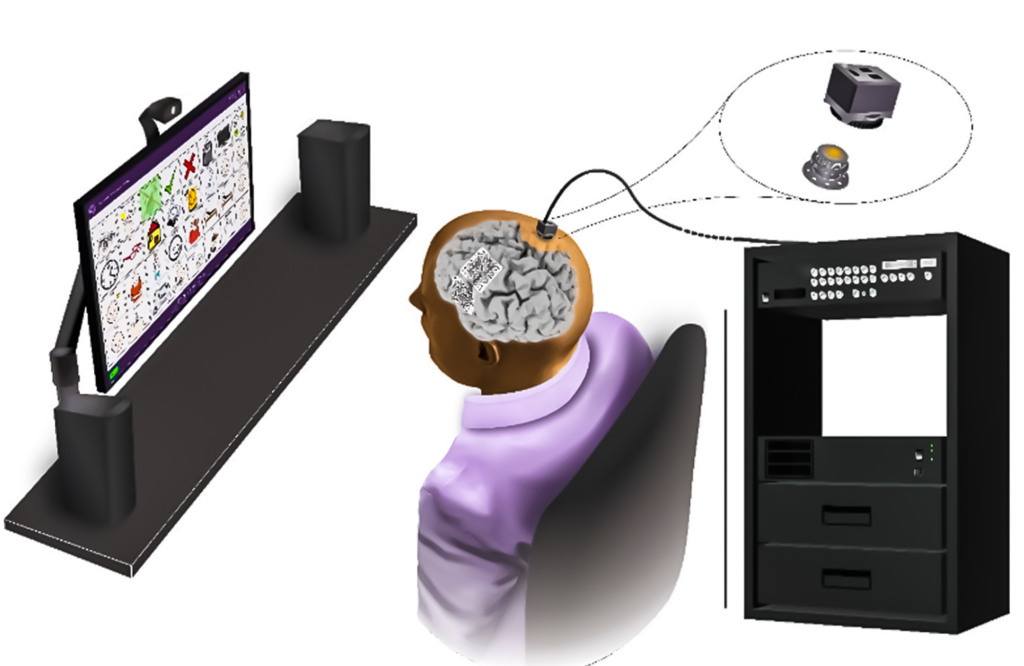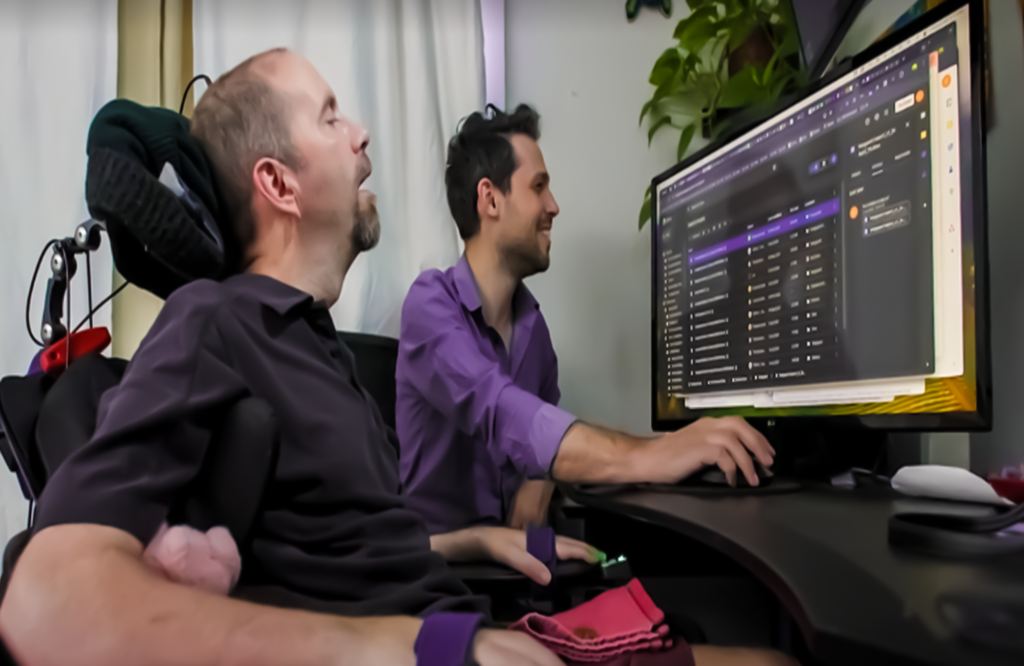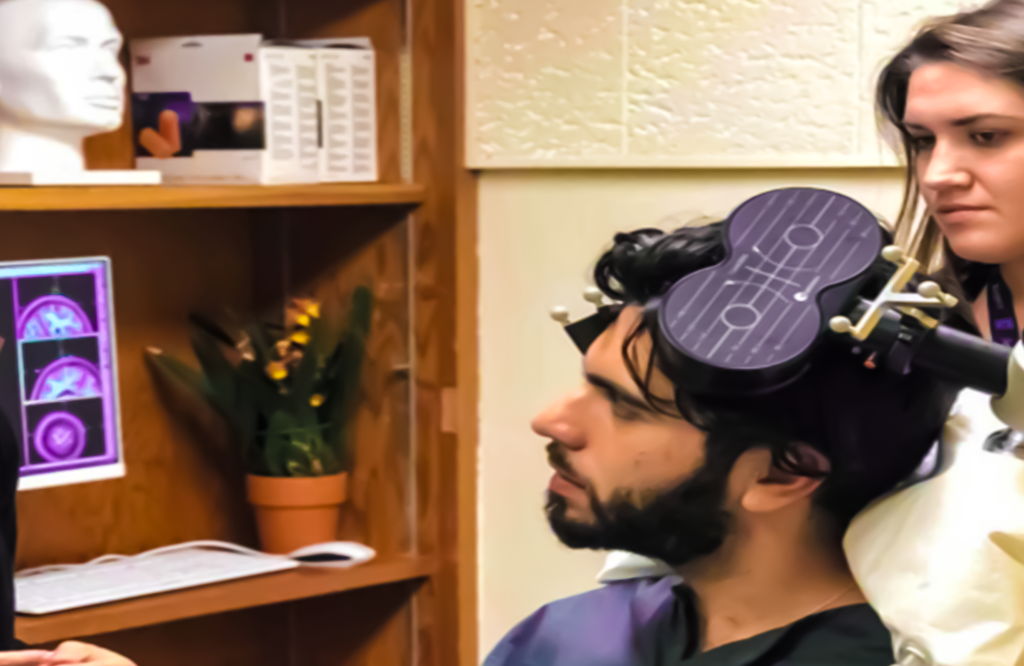Brain Computer Interface Allows Man with ALS to Speak
Brain-Computer Interface ALS could change the future of communication for individuals with disabilities? Share your thoughts! 🧠💬
Brain Computer Interface ALS a communications breakthrough is enabling an ALS patient to talk with greater than 97% accuracy—using only his mind. And, every day, this amazing breakthrough is redefining his connectedness to those closest to him.
Introduction to Brain Computer Interface ALS
Brain Computer Interface ALS is really a huge principal advancement in neural interface technology and a new ray of hope for many people with extremely physical disabilities. With the use of the latest brain-computer interface technology, a patient is now able to spell words with members of their family and other friends while at home and in conversations with an accuracy of over 97%.
Understanding Amyotrophic Lateral Sclerosis (ALS)
Brain Computer Interface ALS iis a progressive, neurodegenerative disease that targets nerve cells dominant in the brain and spinal cord, creating a loss of control over all muscles. It eventually leaves a person unable to move, talk, or even breathe. The inability to communicate physically at all for many patients is what, in fact, being doomed to not communicate with the world around and their dear ones, brought about by ALS, really means to them.
The Role of Brain Computer Interfaces (BCIs)
Brain computer interfaces are novel devices that brought the direct connection between the brain and a machine. BCIs work by translating neural command signals into output commands for controlling machines, computers, or prosthetics. Specifically, it provided a breakthrough for people with serious motor disabilities, who can communicate and express themselves in an environment using only brain activity.

The Technology behind the Brain-Computer Interface ALS
The breakthrough technology enabling this ALS patient to communicate using only his thoughts is made up of three major components.
There is an electrode implant: a small array of electrodes implanted directly into the patient’s brain, often in areas thought of as being mostly associated with speech and motor production. As the patient thinks, the thoughts trigger neural signals, which in turn are received by the electrodes.
Signal Processing: The electrodes sense the neural signals, digitizing processes, and then decode using complex algorithms. These algorithms decode the activation pattern of the brain into useful commands or texts.
Communication Interface: Further, the modulated signals are fed to a communication device, such as a computer or speech synthesizer, in order to drive the applied device, allowing the patient to formulate and convey messages through his thoughts.
Training and Calibration: This system requires initial training and calibration by the subject himself to learn the specific neural patterns associated with a particular thought or word. This process improves the accuracy of the system and facilitates more natural communication.

Impact on the Patient’s Life
An accuracy above 97% in communication is of much impact in the patient’s life. For the first time in years, he can have conversations with his family and friends, describe his ideas and emotions, and help in any social activity. This is important not only for communication but principally for emotional welfare and an increase in life quality.
Benefits and Consequences
Applying this technology to ALS patients gives several benefits and consequences towards the improvement of the quality of life such as:
Better Quality of Life: Patients can keep in touch with friends, relatives, involve themselves in various daily activities, and sometimes go into meaningful conversations.
Increased Independence: Patients can communicate with independence which, for the rest, makes them little dependent on those who take care of them, and thus it ensures a great amount of independence for the patient.
Broader Applications Possible: Broader applications are possible for other neurodegenerative diseases, spinal cord injuries, or other severe motor impairments where people hitherto found no hope of expression and communication.
Advancement of Assistive Technology: It is one of the landmark discoveries in the field of assistive technology, though just a baby step to further innovation in neural interfaces and communication devices.

Future Prospects
As technology begins to take a lead, more advanced and user-friendly brain-computer interfaces are likely to become available. Some future refinements may include the following:
Higher Accuracy and Speed: The research is in progress to enhance the precision in neural decoding along with speed so that it can work freely and naturally in communication.
Integration with other technologies: BCIs can be integrate with other assistive technologies, such as robotic prosthetics or smart home systems, enhancing further improve the quality of life for the worst impairments.
Greater accessibility: To enhance accessibility and affordability we are working on so that more people can make use of these technologies.

Conclusion
This break in brain-computer interface technology presents people suffering from ALS and other such disorders with new hope and possibilities. This development is a milestone in assistive technology since it allows a patient to communicate by thoughts only with an accuracy of more than 97%. Further research and development could lead to much greater strides and applications of neural interfaces, further changing the lives of people severely physically disabled.
Stay Tuned with the latest of the assistive technologies and their impact on functional improvement in communication in people with disabilities. Stay tuned for much more inspiring stories!



